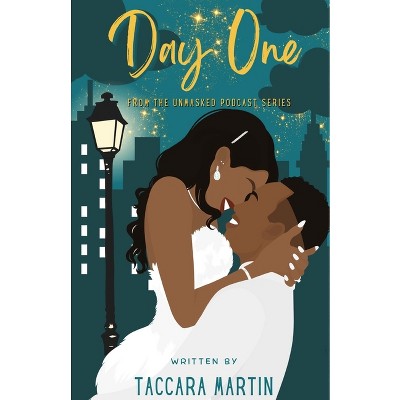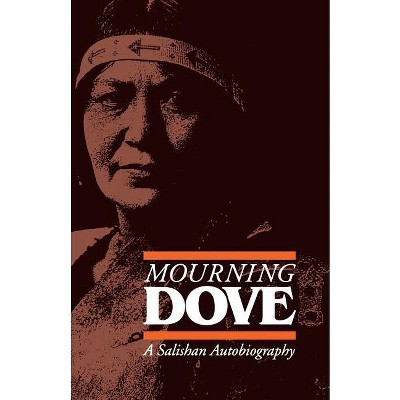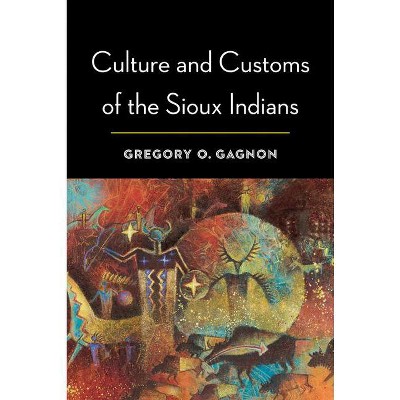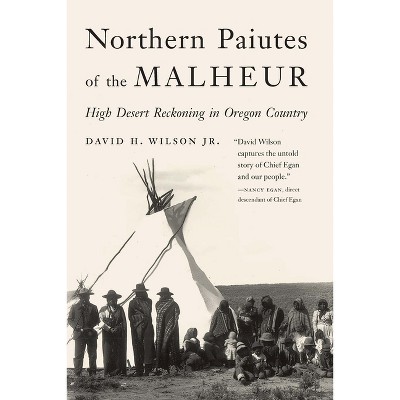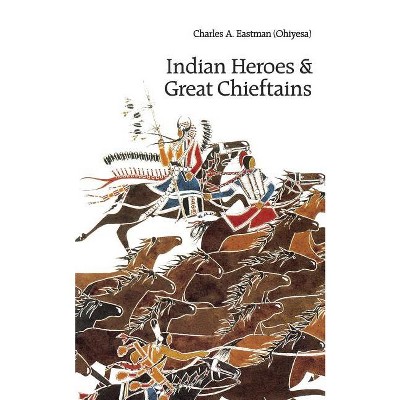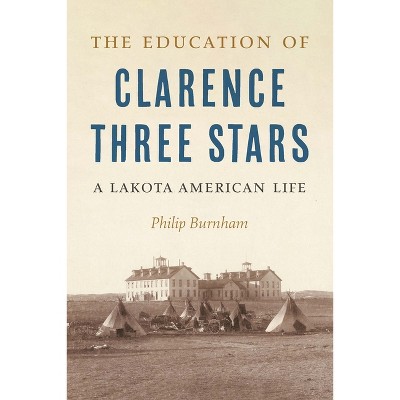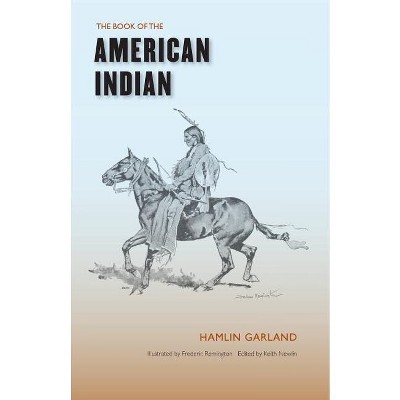Sponsored

Wakinyan - by Stephen E Feraca (Paperback)
In Stock
Sponsored
About this item
Highlights
- Wakinyan is an excellent overview of Lakota religious thought and practice, introducing readers to its essential components.
- About the Author: Stephen E. Feraca worked for the Department of the Interior for a quarter of a century before retiring in 1985.
- 104 Pages
- Social Science, Ethnic Studies
Description
Book Synopsis
Wakinyan is an excellent overview of Lakota religious thought and practice, introducing readers to its essential components. Through finely detailed descriptions of rituals and various types of religious figures, Stephen E. Feraca explains the significance of such practices as the Sun Dance, sweat lodge ritual, vision quest, Yuwipi ritual, and peyote use. He also discusses the significance of herbs and religious artifacts and objects and explains the roles and responsibilities of medicine men and other religious practitioners.First written as a report for the Department of the Interior in 1963, Wakinyan has long been recognized as a classic study of Lakota religion. This edition retains most of the original text, with its first-rate ethnographic descriptions of religious practices. The author's new endnotes bring the reader up to date on changes in Lakota religion during the last three decades.
From the Back Cover
Wakinyan is an excellent overview of Lakota religious thought and practice, introducing readers to its essential components. Through finely detailed descriptions of rituals and various types of religious figures, Stephen E. Feraca explains the significance of such practices as the Sun Dance, sweat lodge ritual, vision quest, Yuwipi ritual, and peyote use. He also discusses the significance of herbs and religious artifacts and objects, and explains the roles and responsibilities of medicine men and other religious practitioners.First written as a report for the Department of the Interior in 1963, Wakinyan has long been recognized as a classic study of Lakota religion. This edition retains most of the original text, with its first-rate ethnographic descriptions of religious practices. The author's new endnotes bring the reader up to date on changes in Lakota religion during the last three decades.
Review Quotes
"Feraca's good writing . . . carries the reader along with first-hand descriptions, well-researched history, and astute commentary. . . . This is an excellent book, enjoyable and informative."--Nebraska History
About the Author
Stephen E. Feraca worked for the Department of the Interior for a quarter of a century before retiring in 1985. He is the author of Why Don't They Give Them Guns? The Great American Indian Myth.Shipping details
Return details
Trending Non-Fiction





